People are notoriously bad readers, especially when it comes to online content. We scan and skim to pull out the chunks of information that are most appealing to us. Digest small bits at a time, never finishing an entire article. Make comments, sometimes harsh ones, that clearly show we don’t understand how to read.
You don’t wanna be that type of reader. You’re better than that.
This article isn’t about learning how to read – we assume you’ve already mastered that. It’s also not about figuring out how to read more. A person who has read a lot is not necessarily well read.
Instead, this article is about how to squeeze information, knowledge, insight and wisdom from the articles and books you thoughtfully choose to read – and how to glean some of that good stuff from the books you read not-so-deeply.
Set a Reading Goal
Assuming you need to jump head first into a topic and come out dripping in wisdom, it’s going to be difficult to do that without a reading goal. We want to loosely adhere to the SMART system of goal-setting here. SMART = specific, measurable, attainable, relevant, time-bound.
I recently wrote about how blockchain is influencing other industries. Completely new territory for me. I had to research a lot before I could get started writing. Here’s how I broke down my goal:
- Specific: I would discover what blockchain is and what it’s used for, plus three non-cryptocurrency industries that are adapting blockchain technology.
- Attainable: I knew zero and the article I was writing was for a beginner audience, so I had to go just one level up in my understanding.
- Relevant: I only sourced articles that were published within the past year.
You’ll notice that I skipped “measurable” and “time-bound” – I didn’t feel they mattered for this specific goal. Also, the whole reading process I’m going to lay out is the measurable part.
If you want to tackle a topic that’s two or three levels above your familiarity, that’s fine, even worthwhile. You’ll just want to start with basic, background knowledge first so you can build upon it.
Open Up to the Unknown
Remembering and recalling information is closer to memorization than true learning. A baby can learn how to say certain words and even associate those words with items, but does that mean they have an actual understanding of what the word means or why they’re saying it?
The best way to truly learn about a topic is to read content about that topic that you don’t understand at first. If you read information you easily grasp, you’re not really learning anything new. By reading fresh, complex information, though, you start to build a bridge between what you currently know and what the writer – the expert – knows.
Learning how to read is a lot like learning how to learn. And how do we learn best? By actively discovering something that’s foreign to us. As you’re reading, pause and research the sub-topics and phrases that you don’t understand or mark them for later.
Spoiler alert: at the end of the article or book, you still won’t understand everything you read. That’s kind of the point.
So you’re at the end and you’ve only grasped 60% of what you read. Now re-read it or find an alternative source. You’ll be armed with that 60% of new knowledge and chances are you’ll make some progress on that still-unknown 40 percent.
Embrace the 4 Stages of Reading
How to Read a Book: The Classic Guide to Intelligent Reading by Mortimer J. Adler and Charles Van Doren outlines four stages of reading, with each stage leading to the next.
- Elementary: This is the type of reading you learn in, you guessed it, elementary school.
- Inspectional: This is the type of reading most people do online (more on that in a bit). It can be either skimming, which is when you quickly look through the content to see if you want to read part of it, or superficial, which is when you read everything written but don’t get too deep (what you do with a thriller or beach read).
- Analytical: You’re absorbing and engaging with what you’re reading. You understand the terms the writer is using, you get what the main argument is and you can determine whether or not those arguments are resolved. You may also decide the writer’s wrong about some points or that certain thoughts are illogical.
- Syntopical: Not only are you reading analytically, but you’re developing your knowledge based on what you’ve read, your own experiences and how you feel about it all. The book is simply one of the tools you use to create your own outlook and understanding. You’ve made what you learned your own.
Become a Master Reader
If you want to flex your syntopical reading muscle, pick up the newspaper (let’s get real – bring it up online).
First, read it as you usually do. Skim the headlines for something that interests you and superficially read part of the article. Done. You’ve learned enough to hold a (short) conversation over dinner tonight.
We’re going to do things differently this time.
Pick an article that’s out of your comfort zone, a topic you don’t understand much about. Read it carefully. When you don’t understand a term that’s used, look it up. If you don’t get a reference to another news story, find it and read it. Round out the information so you actually, fully understand what the writer is saying.
Next, look up four more articles on the same topic. Try to find different sources – if you get all of your articles from the same newspaper, facts and perspectives will be repeated. Read those four articles analytically, too.
Sub-steps of the greater syntopical step.
- You don’t have to read every single thing. Start by skimming to discover the sections that will be most important to your goal.
- Different authors will use different terms for the same thing. Start to create your own terms and language to streamline the information you take in.
- Define the questions you want answered, which may differ from the questions the writer is trying to answer.
- Pay attention to every side of an issue. Gather information from all perspectives in order to form your own informed and intelligent answers.
You understand what you’ve read – and you’ve read a lot. You get what each writer is saying, the points they’re making, the knowledge they’ve brought to the table.
Say it out loud, whether that’s through a conversation with a friend, your blog or a private Word document. Your challenge is to form your own opinion. Talk about where you match up with the writer’s opinion, where you wholeheartedly disagree and where you fall into a gray area that wasn’t covered in anything you read.
Congratulations. You’ve just become a syntopic reader.
Choose the Right Reading Method
Thorough reading takes a lot of focus and brainpower, and it doesn’t always have its place. I can read Stephen King superficially and get exactly as much out of the experience as I want, no more and no less. If part of my personal growth includes having conversations with my friend who’s also a Stephen King fan, then I’ve done my job.
If I were to analytically read Stephen King novels, I’d (a) take time classifying the book as horror, thriller or suspense, (b) try to understand why he always, always over-describes technology we’ve all used forever and (c) probably turn myself off to Stephen King for life because this is just too much work.
You don’t have to turn what you’re reading into a job if that’s not the goal. There’s a lot to be said for skimming or reading superficially, or reading part of a book analytically and then superficially reading the parts that don’t impact you (my favorite tip for getting through a self-improvement book). When you purposely read less analytically, you also have the option to stop reading cold turkey if you’re not enjoying the book or you’re not getting out of it what you want to.
If you’re an avid reader, knowing why you’re reading and adapting your reading style to that goal is a way to save energy for the times you do need or want to be analytical or syntopic.
Making All This Work in Real Life
In a perfect world, you’d have a clear idea of what topics you want to dive further into, easily gather the necessary content for that deep dive, have the time to analytically and syntopically explore each of them, then magically find the one person who can have an intelligent conversation about the topic you just became a quasi-expert on.
I live in the real world, though, and most nights my book hits the bridge of my nose as I start to nod off after getting just half a chapter along. Here are my tips for real world reading when life gets in the way. These aren’t a replacement for purposeful reading, but they make great alternatives when you have to negotiate with yourself.
- Read out loud. This is a trick I use when I fall into that trap of re-reading the same paragraph multiple times without paying attention. Apparently it’s a real psychological trick, too.
- Jot down questions as you read. You may not know all the ways you want to explore the topic when you’re getting started, but questions will arise as you read, which will lead you to other sources.
- Use the impress, associate and repeat method. Picture the scenario in your head, associate it with something you already know and then repeat the material by highlighting it and going back to it later.
- Pay attention to the connections. It’s not an accident when something you just read relates to something you read last week or last year or even last decade. Your brain is building bridges.
- When launching into a conversation with someone, make your first talking point that thing you just read. You may uncover more of your own views as you talk about it out loud.
Getting more out of what you read lets you approach a topic, and conversations about it, in a more educated manner. Not only is this helpful in your personal life to develop skills and have better conversations with people, but it’s especially useful in business. If part of your job is explaining a topic to an audience, you’ll want to do it in a way that’s completely new.
Ready to advance and enhance your knowledge? We have a must-read list just for you web designers out there.

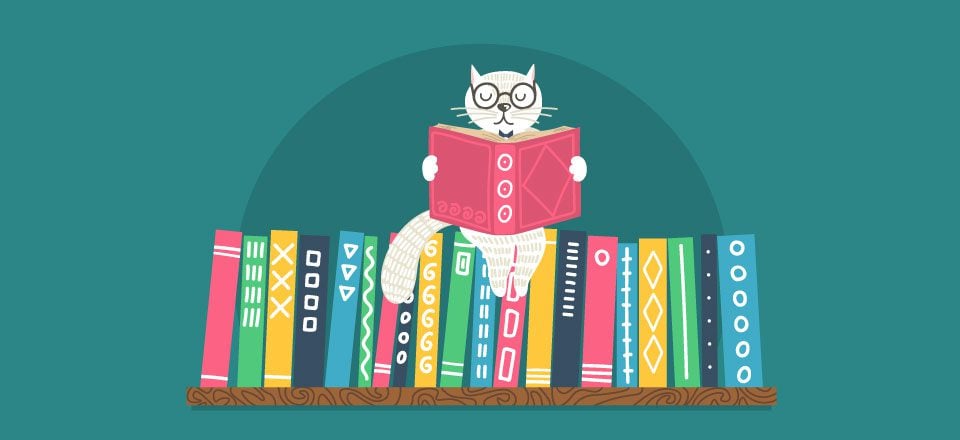
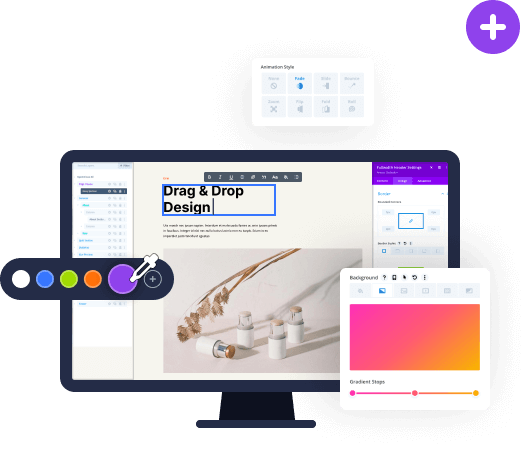
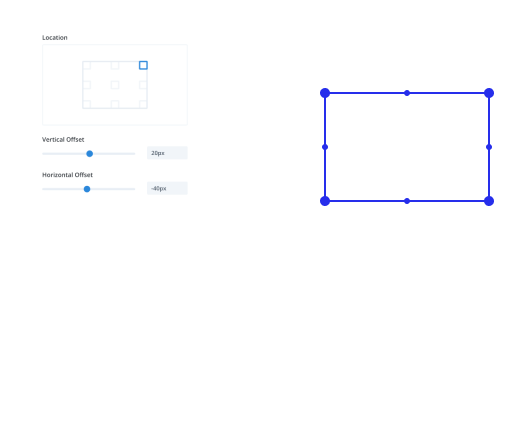

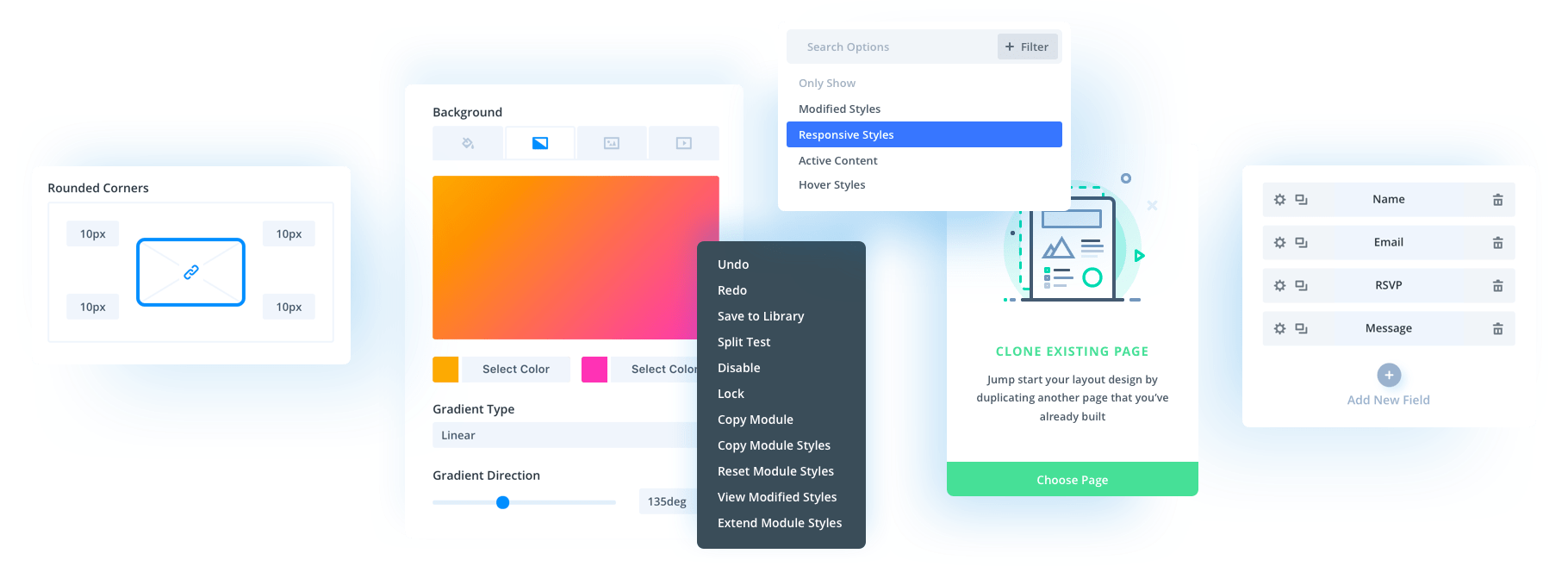
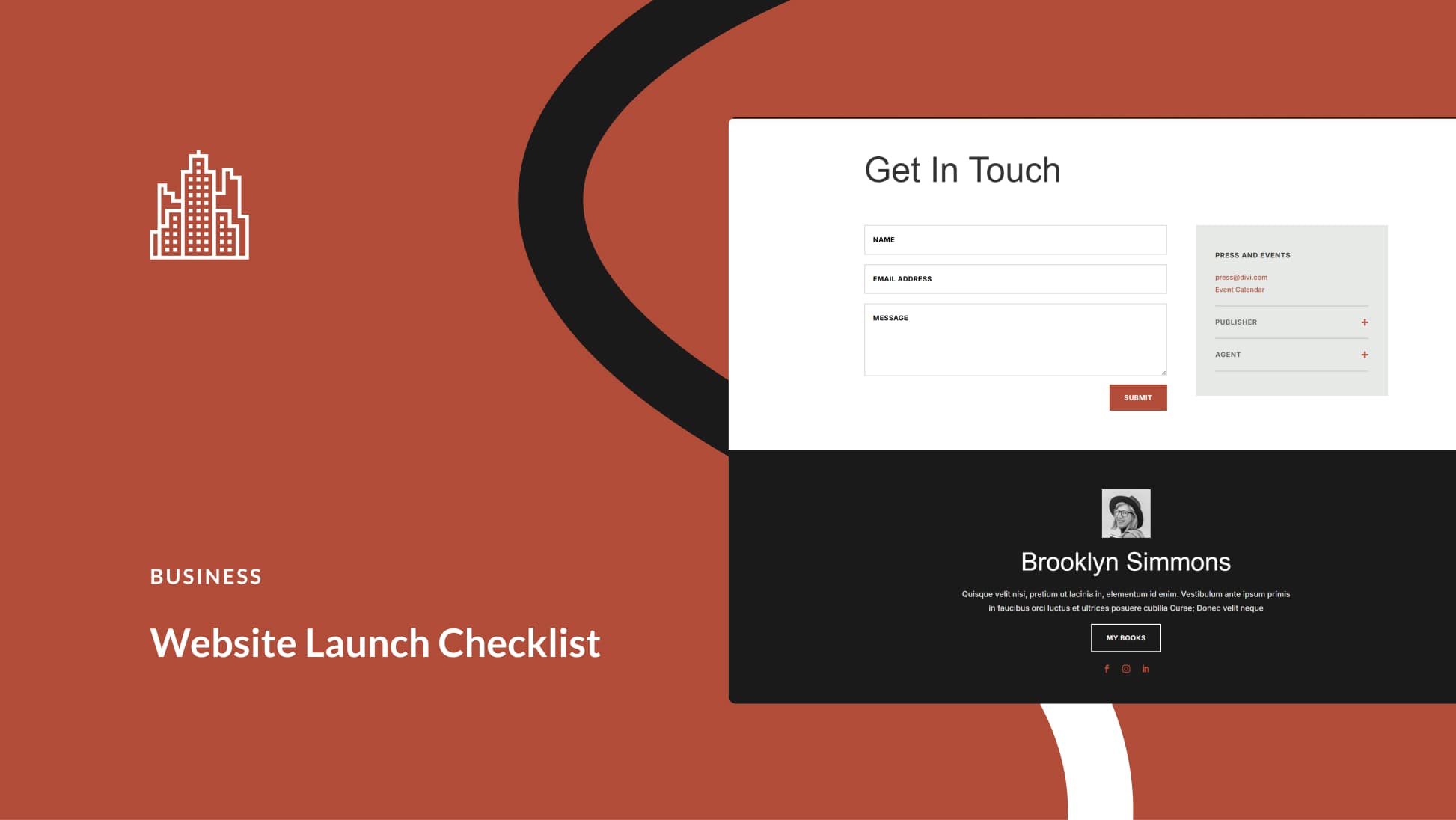


Thank you! This is relevant information for many. It’s good for me, too.
Loved this post Lindsay! Thanks 🙂
Thanks Pascal!
Hi, I loved the Divi blog for some time now, but have no interest in these recent lifestyle type posts. Can you please create an option to unsubscribe from this category. I think most people here would agree your technical and design focused articles are a great subscription, and I’d prefer not to have to unsubscribe.
We have an update to the blog coming along these lines. Hopefully you hang in there with us while we make the change. We feel this content is really valuable but recognize not everyone in our current readership is looking for this type of content.
Amazing post. Reading is really good. And one must learn how to read. This article is really helpful.Thank you.
Thanks To Post Such a Helpful blog, I have also been suffering the same kind of Problem unable to Read Whole Content and The Experience you shared in the Blog that is absolutely Correct.